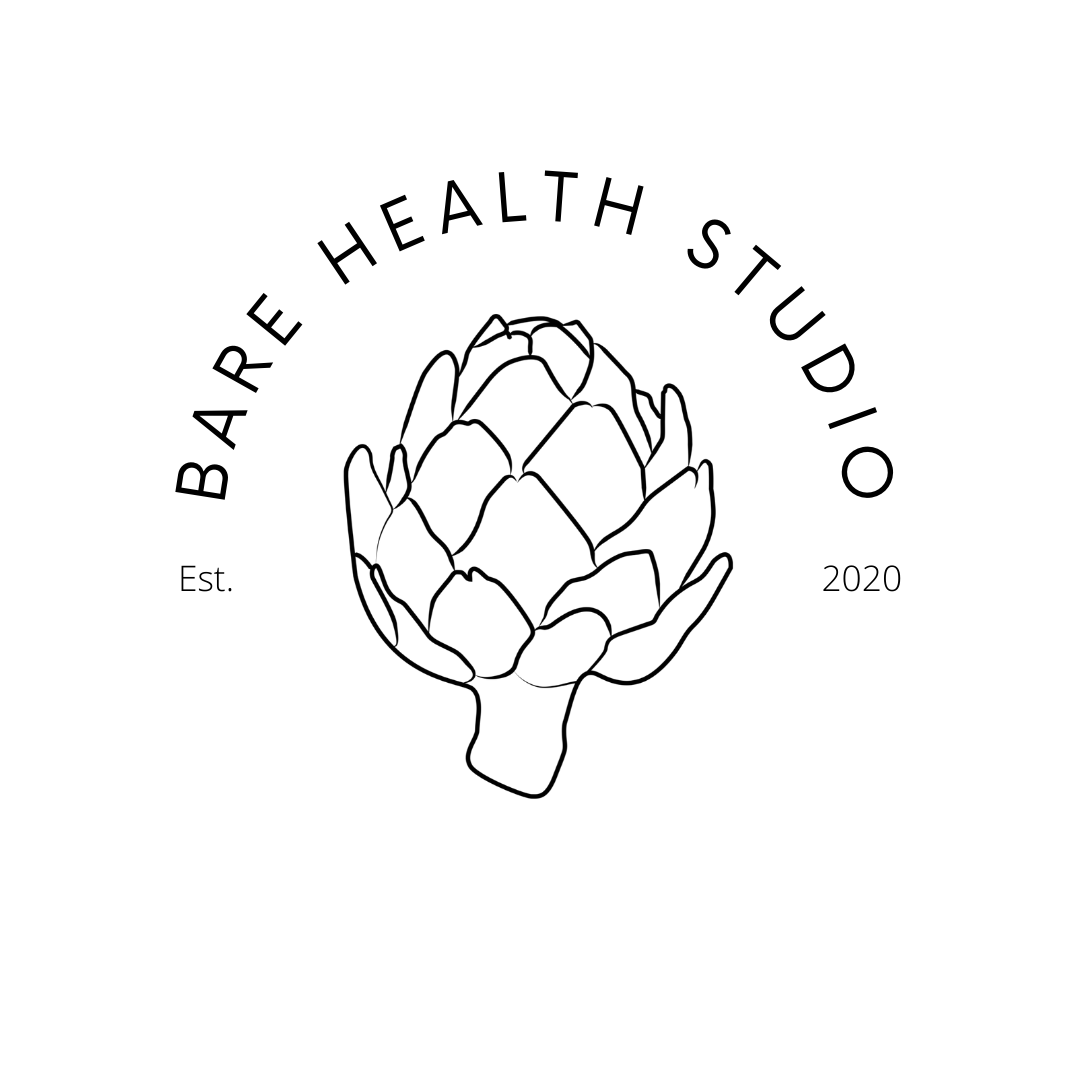eating for healthy hormones
Hormones play a major role in all aspects of our health. How we sleep, our moods, metabolising food and of course our menstrual cycle. Imbalanced hormones can cause a range of unpleasant symptoms and in some cases chronic conditions. This is why regulating hormones is essential to our wellbeing and how we influence these with the food we eat can have a major impact on benefitting our hormones and overall health.
Eating a whole-foods diet provides an array of nutrients required for a healthy reproductive system. A whole-foods diet means eating a diet with minimal processed foods, with foods as close to their natural state as possible, think more from the earth and less from a packet. For optimum health we recommend a diet high in vegetables and fruit, with legumes, whole grains, lean protein from both animal and plant sources, nuts and seeds and fermented foods.
Variety is key and eating a rainbow of foods will support you to reach your nutrient requirements to support your hormones. Limiting saturated fats and deep fried foods, sugar, refined carbohydrates and caffeine is recommended as these foods can have adverse effects on our hormones. In our clinic, Bare Health Studio, there are a few specific dietary practices that we encourage as part of a balanced diet for optimal hormone health and better menstrual cycles.
Eat your macros
Macronutrients are carbohydrates, protein and fat, they’re called macros because they should be eaten large amounts. Macronutrients are essential for producing hormones and hormone health. Significantly restricting any of these will may result in imbalanced hormones.
Eat enough
Consuming enough calories (kilojoules/energy) is essential to healthy hormones. Restrictive dietary patterns will cause havoc to your hormones.
Eat enough fibre
Fibre is found in fruit, vegetables, legumes, whole grains, nuts and seeds, and is essential for overall health and health hormones. Adequate fibre intake is encouraged for better digestive health and supports the excretion of excess hormones through our stools.
Eat anti-inflammatory foods
Eating a diet rich in anti-inflammatory foods will support your hormones.
Anti-inflammatory foods: ginger, turmeric, fresh nuts and seeds, cold pressed oils, oily fish, and antioxidant-rich foods (brightly coloured fruits, especially berries and vegetables).
Eat cruciferous vegetables
Cruciferous vegetables include broccoli, kale, brussels sprouts, cabbage and rocket contain a phytochemical known as indoles. Cruciferous indoles assist in detoxification of oestrogen, hormone regulation and supporting PMS management.
Eat fermented foods
Fermented foods, containing beneficial bacteria known as probiotics include yoghurt, kefir, sauerkraut, kimchi, tempeh and miso are important for hormone health Probiotics may play an important part encouraging hormone balance. Probiotics also reduce inflammation in the body and can support healthy moods.
Eat your DLGs
DLGs aka dark leafy greens are a non negotiable in the Bare Health Studio kitchen. Dark leafy greens like spinach, chard, kale and rocket are a brilliant source of magnesium, an essential nutrient. Magnesium is one of our favourites for better periods, it supports mood improvement, PMS symptoms, energy, sleep and is effective in reducing pain from menstrual cramping.
hormone-loving nourish bowl
Ingredients
½ broccolini, chopped
100-150g piece of salmon fillet
½ cup cooked quinoa
1 large handful baby spinach
1-2 tbsp sauerkraut
1/4 lebanese cucumber, ribboned
3-4 cherry tomatoes
1 tsp hemp seeds
Sea salt and pepper
Yoghurt beetroot dressing
1 tbsp beetroot, finely grated
2 tbsp coconut yoghurt
1 tsp tahini
1 tbsp lemon juice
¼ garlic clove, mined
Method:
Make the yoghurt beetroot dressing by combining beetroot, Greek yoghurt, tahini, lemon juice, garlic and salt in a small bowl.
Steam the broccolini by bringing one inch of water to the boil in a pot. Add a steamer basket to the pot and place the broccoli florets on the steamer. Reduce the heat to medium, add lid and steam for 2-4 minutes, for tender crisp broccoli. Remove from the heat.
For the salmon, season each side of the fillet with salt and black pepper. Heat oil in a frypan on high temperature. Place salmon skin side down for 4 minutes, flip and cook for 1 minute 30 seconds. (Do not repeatedly flip). Remove from heat and serve.
Assemble the nourish bowl by adding broccoli, salmon, rocket, cucumber, alfalfa, tomatoes in a bowl. Top with dressing and hemp seeds and a squeeze of lemon juice. Season with salt and pepper.
Note: If time poor used preferred tinned salmon. Pre-cooked quinoa pouches are easily accessible in the supermarket, alternatively try brown rice.

